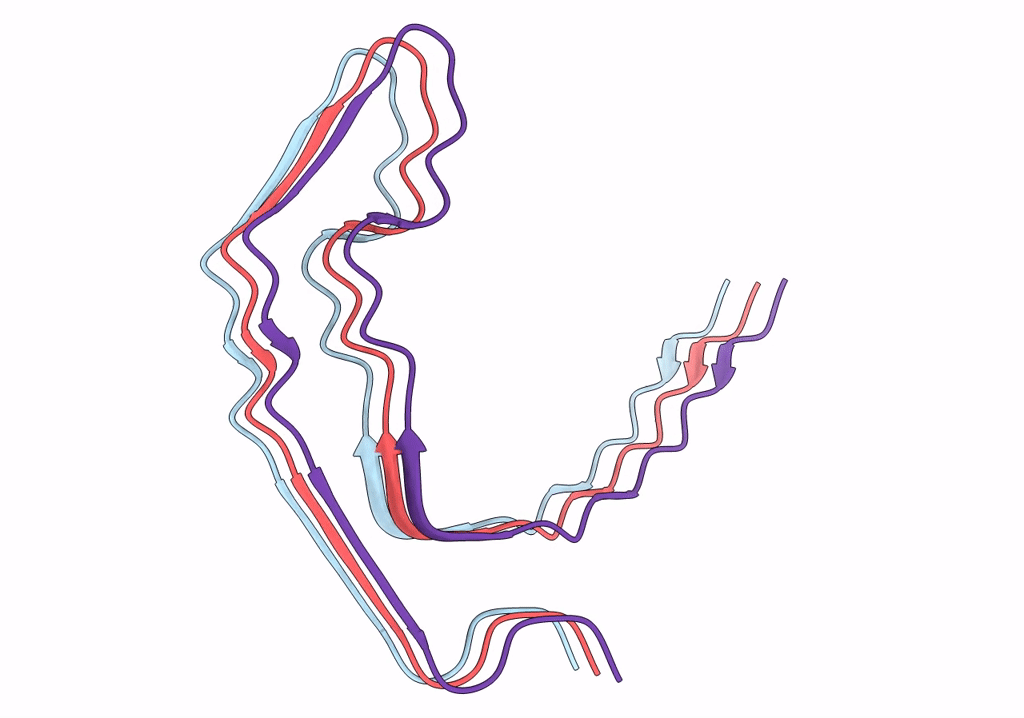
Deposition Date
2021-12-17
Release Date
2022-02-16
Last Version Date
2024-07-17
Entry Detail
PDB ID:
7QKG
Keywords:
Title:
In vitro assembled 258-391 tau filaments with phosphoglycerate, 700 rpm (39a)
Biological Source:
Source Organism:
Homo sapiens (Taxon ID: 9606)
Host Organism:
Method Details:
Experimental Method:
Resolution:
3.36 Å
Aggregation State:
FILAMENT
Reconstruction Method:
HELICAL


